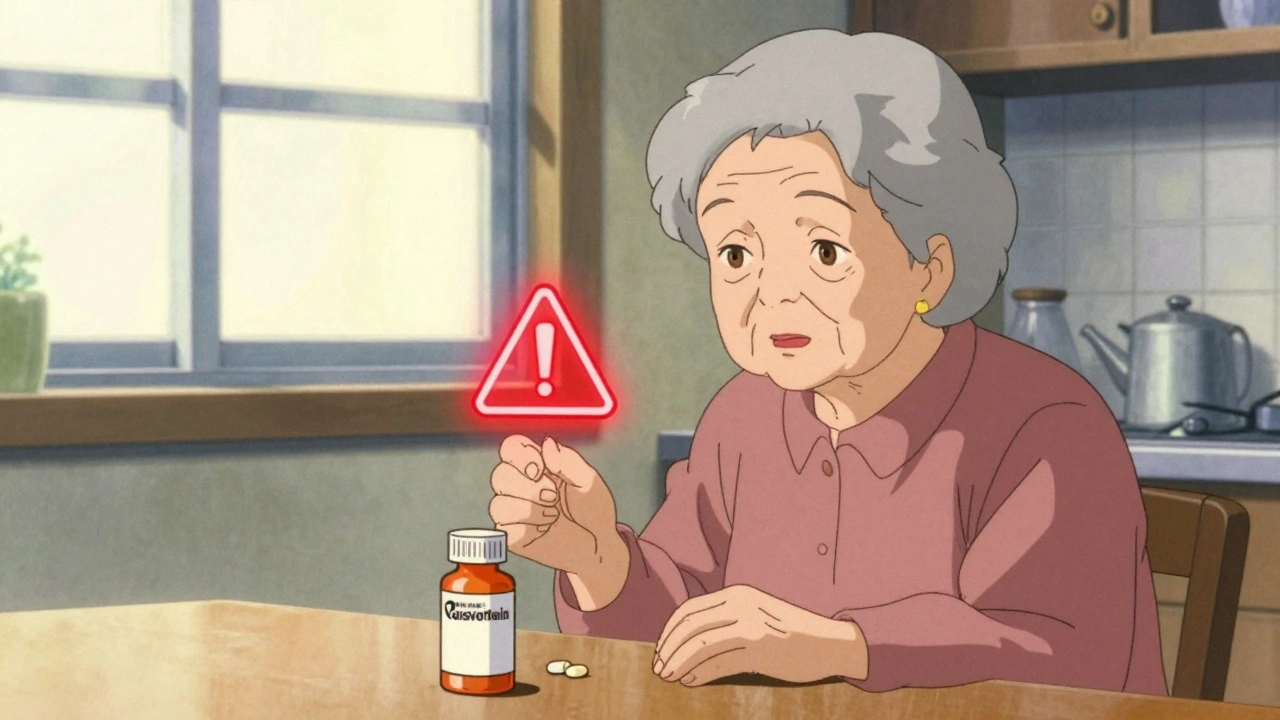When you take a blood thinner, a medication that reduces your blood’s ability to form clots. Also known as anticoagulants, it doesn’t actually make your blood thinner—it just slows down the clotting process to prevent strokes, heart attacks, or dangerous clots in your legs or lungs. These drugs are life-saving for people with atrial fibrillation, deep vein thrombosis, or artificial heart valves. But they’re also one of the most dangerous classes of medication if used carelessly.
Not all blood thinners are the same. Warfarin, an older anticoagulant that requires regular blood tests interacts with dozens of common drugs, from cold medicines to antibiotics. Meanwhile, newer ones like apixaban or rivaroxaban have fewer interactions—but they’re not risk-free. Even something as simple as an NSAID, a painkiller like ibuprofen or naproxen can turn a minor cut into a serious bleed when mixed with a blood thinner. And then there’s the hidden danger: QT prolongation, a heart rhythm disruption caused by certain antibiotics like azithromycin, which can be deadly if you’re already on a blood thinner. These aren’t theoretical risks—they’re documented in real cases where people ended up in the ER because they took a common OTC pill without checking.
You can’t just rely on your pharmacist to catch every interaction. Labels don’t always warn you clearly. A cold medicine might say "acetaminophen" but hide an NSAID in the fine print. An antibiotic prescribed for a sinus infection could trigger a dangerous rhythm if you’re on warfarin. The real question isn’t just "what’s in the pill?"—it’s "what’s in my body right now?" That’s why people on blood thinners need to treat every new medication like a potential landmine, even if it’s labeled "natural" or "over-the-counter."
Below, you’ll find real-world guides that break down exactly which drugs to avoid, how to read labels like a pro, and what to do when you’re prescribed something new. Whether you’re on warfarin, dealing with a heart rhythm issue, or just trying to manage pain safely, these posts give you the practical, no-fluff advice you need to stay out of the hospital.

Ginkgo Biloba may increase bleeding risk when taken with blood thinners like warfarin, aspirin, or clopidogrel. Learn what the evidence says, which interactions are dangerous, and what steps to take to stay safe.

Alcohol can cause dangerous INR fluctuations in people taking warfarin, increasing bleeding risk. Learn how drinking affects your blood thinning levels, what's safe, and what warning signs to watch for.